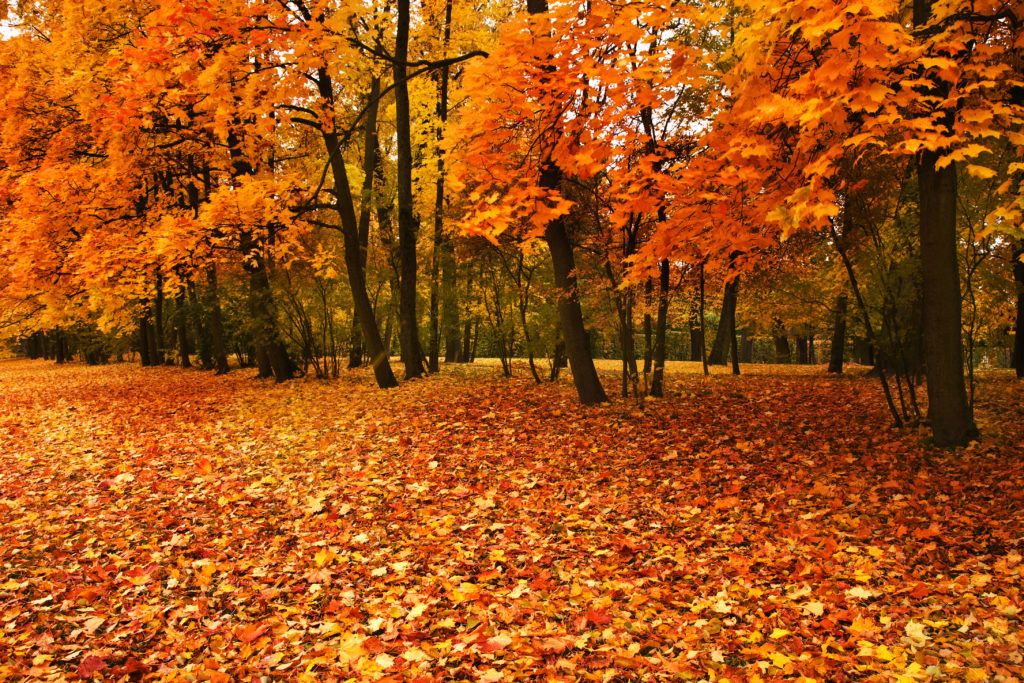8 Things You Didn’t Know About Fall Leaves

When the summer sunshine fades and cooler weather heads our way again, we can expect the leaves to change colors. For this reason, autumn is a favorite season for many Minnesotans. While we all can appreciate the change in seasons, have you ever wondered why we get to experience these beautiful fall colors?
Keep reading to discover eight things you may not know about leaves in the fall.
- Fall foliage varies from red, orange, and yellow, depending on the type of tree.
- Chlorophyll is what makes leaves green. This pigment disappears in the fall which allows other colors (red, orange, or yellow) to be more prominent.
- Fewer hours of daylight affects leaves more than cooler temperatures do. Leaves rely heavily on sunlight to grow.
- Leaves turn orange from carotene – the same chemical that makes carrots orange.
- Despite the name, the leaves of red maples can turn yellow when the seasons change.
- Sugar maple trees showcase a broad range of colors with green leaves in the summer followed by yellow, then orange, and then red leaves in the fall.
- Leaf color vibrancy can be affected by weather temps. Leaves turn vibrant colors when a string of warm summer days is followed by crisp – but not quite freezing – nights.
- A sick tree is easy to recognize in the fall. Look for a tree that changes in color and loses its leaves well before the other trees of the same species.
Now you can say you know a little more about fall leaves than you did just a few minutes ago. If you’re a fan of fall foliage, keep in mind the trees in your yard won’t be able to produce vibrant, breathtaking colors in the fall if they aren’t healthy and strong. Professional tree maintenance such as trimming, pruning, and thinning is important for removing dead branches and diseased limbs which can weaken your trees. Give us a call if you’re concerned!
